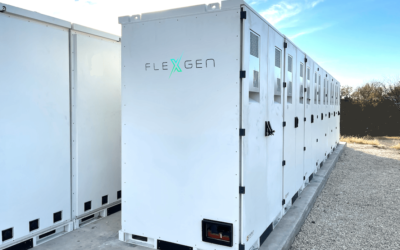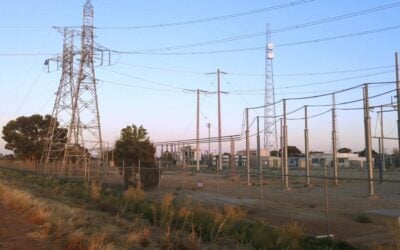The falling cost of energy storage technology will break up the concentrated nature of the global market, according to a new report by IHS Technology.
In 2016, IHS predicts South Korea, Japan and the US to represent 59% of energy storage installs. The trio will all top 100MW in 2015 according to Grid-Connected Energy Storage Report by IHS’ Energy Storage Intelligence Service.
That compact market spread is expected to diversify during the course of the next five years.
“South Korea, Japan and the United States are forecast to account for the majority of combined global installations next year, which shows just how few countries are currently experiencing significant commercial deployment of energy storage,” said Sam Wilkinson, solar supply-chain and energy storage analyst, IHS Technology. “Most other global markets currently remain firmly in the test, pilot and demonstration phases,” said Wilkinson.
Enjoy 12 months of exclusive analysis
- Regular insight and analysis of the industry’s biggest developments
- In-depth interviews with the industry’s leading figures
- Annual digital subscription to the PV Tech Power journal
- Discounts on Solar Media’s portfolio of events, in-person and virtual
“Other markets on the horizon for the future are Australia and United Kingdom, where great interest in residential storage exists. Utility-scale storage in Germany is also gaining momentum with major projects being announced, and long-term, China is predicted to become a major market, in line with the exceptional growth that its power and renewables market is experiencing,” Wilkinson told PV Tech Storage by email.
The report focuses on large-scale systems rather than residential installs. Typically, ‘early adopter’ residential storage customers are not led by cost.
The price drops have been led by li-ion batteries with prices falling 53% between 2012 and 2015. The falling cost of other supporting components will also have an impact. According to IHS, more than 60% of the cost reduction in a 30-minute duration utility-scale system between 2013-19 will come not from the batteries, but from the balance of system equipment.






